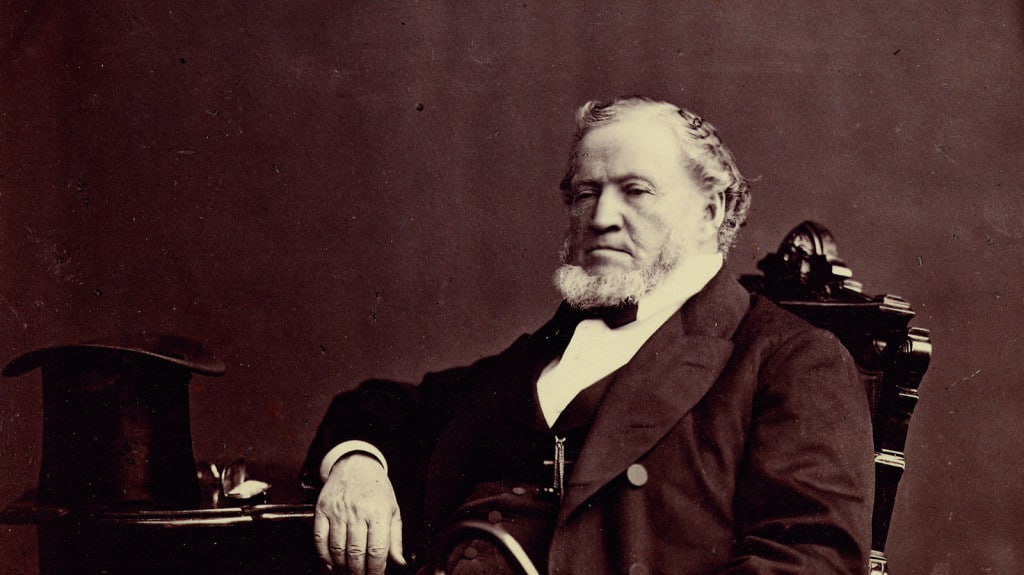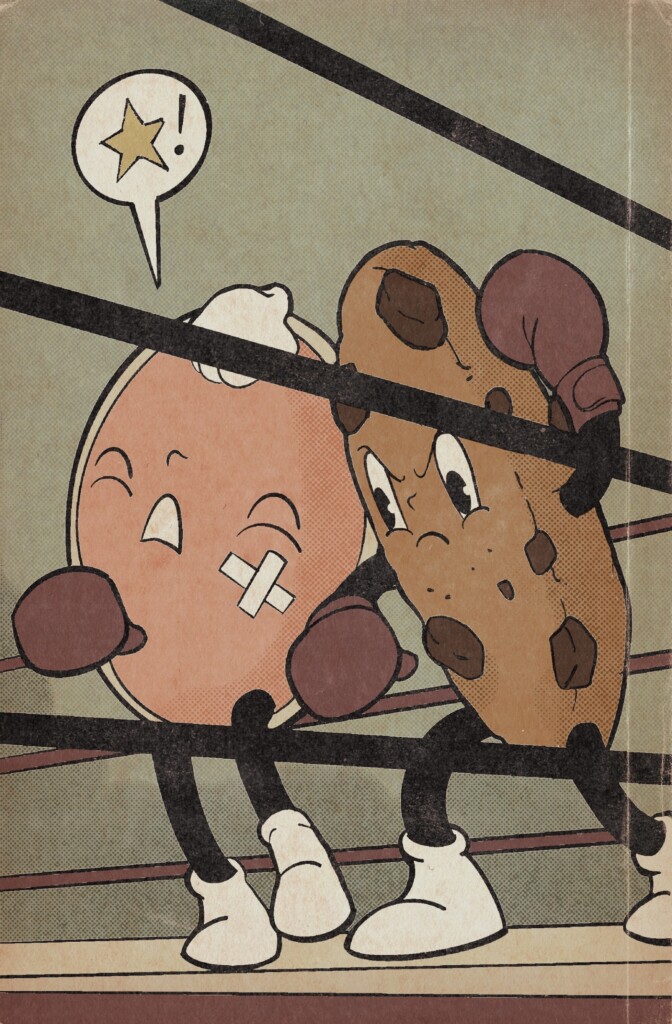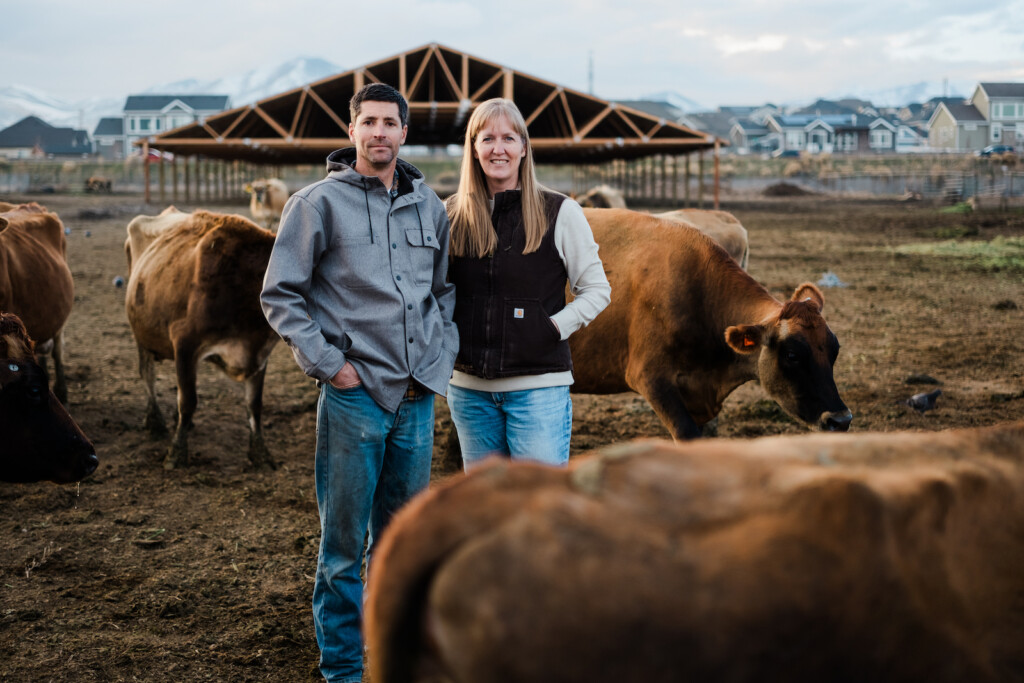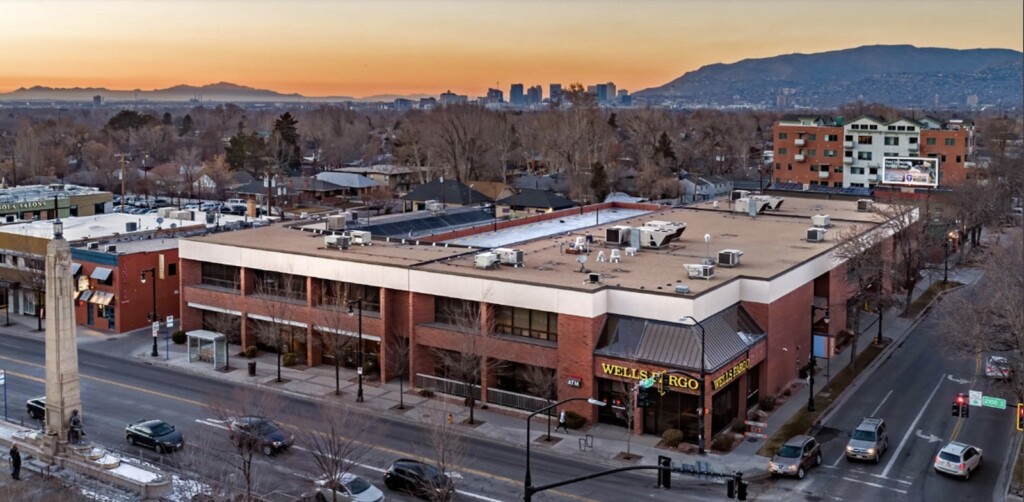
With a world-class university named after him, along with a rich and sometimes controversial history, Brigham Young’s large legacy lives on in Utah.
Brigham Young was the second president of the Church of Jesus Christ of Latter-Day Saints, and has aptly been nicknamed “the Mormon Moses.” Young led the Saints from Nauvoo, Illinois where they were being increasingly persecuted for their beliefs, to the “Promised Land” of the Salt Lake Valley. Young had a clear vision for how the Saints could live a better life than the rest of the nation, which was increasingly being dominated by large banks, tycoons, and industrial powers with harsh working conditions.
Young’s vision was similar to the vision Joseph Smith had laid out and successfully built in Nauvoo, Illinois. But Young’s vision was highly religious and economic in nature.
Young imagined “The Kingdom of Deseret” to be a highly self-reliant economy, whereby everyone filled a very important and specific role. Missionaries operating in Europe, seeking converts to immigrate to the Great Basin were keenly aware of the specific tradesmen that were required to make Mormon settlements successful. Young had acquired the skills of carpentry, joinery, and mill building. He actively sought Europeans who had skills not only in carpentry and millwork but also masonry, architecture, surveying, and blacksmithing.
Young was focused on “local industry”. He spoke in sermons about how much he appreciated seeing young girls and boys wearing homespun clothing. He encouraged everyone to spend their precious currency with local merchants and to not buy the extravagances from wagon trains that arrived from the east proffering items such as coffee, tobacco, and liquor.
Young decided that he would make this a mandate, instituting the “Word of Wisdom” as law, prohibiting Saints from imbibing, smoking, or fettering away their money on strong drinks and other useless vices.
Young also prohibited the Saints from engaging in prospecting for silver. As he strongly believed, the greatest value of land and a person’s time, energy and labor, was in farming. “Making the desert blossom as the rose” wasn’t just a pipe-dream. They made it happen. The Pioneer farms and aqueducts provided water to thousands of small farms. The irrigation canals Mormon Pioneers constructed were incredibly well built. Many have stood the test of time. Rural Utah farm towns supported by “Utah’s Fruit Highway” such as Willard and Perry have seen few changes in the infrastructure of irrigation in the past one hundred years. But things are changing today. Water is becoming more scarce.
Many in the LDS Community serve on city councils, and many of our state legislators are land developers. They use their positions of influence to expedite public expenditures that would pad their pockets (such as the proposed gondola up Little Cottonwood Canyon). In Utah, development, not conservation, is king.
Like the days of the Silver Rush in the 1860s, there is a land rush today, and nearly everyone is looking to cash in, especially members of the LDS Community. The question is: “What would Brigham do?” What would he do knowing that the people he led into the Promised Land are now wanting to push farmers out in order to get their development projects underway? What would Brigham do about those who would like to divert water used for farming, which helps Utah to be more self-reliant, to water the grass of tech millionaire mansions instead?
We addressed that subject in the previous issue of Utah Stories Magazine and received a couple dozen comments on Youtube and in our Reddit thread. We believe this is an ongoing discussion that most in high political positions don’t believe is worth having. Let’s get their attention. Please leave your comments on our YouTube channel.
Subscribe to Utah Stories weekly newsletter and get our stories directly to your inbox
nbsp;





